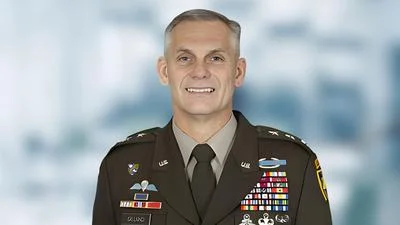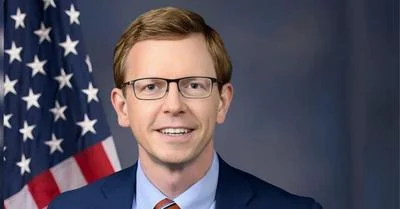We must make aviation security policies more efficient and risk-based without compromising security.
Administrator Pistole thank you for being here today to discuss the Transportation Security Administration's (TSA) risk-based security initiatives. Intelligence information, as well as past history, shows us that the threat to our transportation system, particularly aviation, continues to evolve and remains a prized target for Al-Qaeda, its affiliates and other fanatics. You therefore have an exceedingly tough job--one that doesn't permit any mistakes, yet comes with plenty of critics--and we appreciate your service.
As a person who travels weekly, I constantly see TSA in operation. So I pick up various criticisms but mainly am impressed by the professionalism of your workforce. I know how dedicated you and your staff are to our security, and appreciate your drive to make this agency become more risk-based and efficient. We see improvements with the services and technologies deployed at our airports, however slow in coming some of them have been.
The most widely known risk-based security enhancement TSA is putting into place is the PreCheck program, which has been in existence for about a year now. As I understand it, PreCheck allows TSA to prescreen certain passengers so that they have expedited screening at those airports with this program already in place. For example, these passengers may be able to leave their shoes or jacket on, or keep their electronic devices and liquids in their carry-on. While this program has received a lot of positive review, it is not something that benefits the average traveler yet, although I am pleased to announce to my constituents that the PreCheck program will be expanding to Raleigh-Durham International Airport on April 1st.
We must also ensure that TSA is using the best technologies at our airports to detect threat items. Since the attempted bombing on Christmas Day 2009, and the more recent improved underwear bomb device discovered in a disrupted plot this past May, TSA has worked aggressively with industry and its Federal counterparts to develop and deploy innovative screening technologies across our airports. For example, TSA has been installing automated target recognition software in its advanced imaging technology units. Not only will ATR eliminate passenger-specific pictures, providing the traveler with more privacy; it will also increases the efficiency of the screening process so that more travelers can be reviewed. Yet, TSA and its contractors have had some difficulty with this technology, requiring TSA to rethink how many systems it will need to install nationwide.
At the same time, other technologies to enhance passenger screening and better detect threats appears to be progressing more slowly than originally anticipated. For example, last year TSA issued a request for information to industry to explore the potential development of using a Computed Tomography-based Explosive Detection System at the passenger checkpoint, a system similar to what is used to detect explosive threats in checked baggage. Yet in December, the Science and Technology Directorate put out a broad agency announcement on what appears to be a very similar concept, suggesting a two year window of research and development before this next generation technology is ready for testing and deployment. It seems like we are taking a step backwards in this case. We have also seen slowness in deploying other technologies, such as Advanced Technology 2 (AT2), liquid detectors, and shoe scanners. While I recognize that each of these technologies must pass critical security and detection tests, which in some cases have taken devices completely out of the running for TSA procurement, it appears that even incremental improvements to our aviation security system are slow in coming. These delays only give a head start to those individuals and organizations who wish to do us harm. It is imperative that we remain ahead of the curve in developing the next generation of detection capabilities.
Administrator Pistole, today I would like to focus on what else we can do to make aviation security policies more efficient and risk-based without compromising security. I look forward to a frank discussion and one that we will need to revisit when this Subcommittee receives your fiscal year 2014 budget request
Source: U.S. Department of HCA








